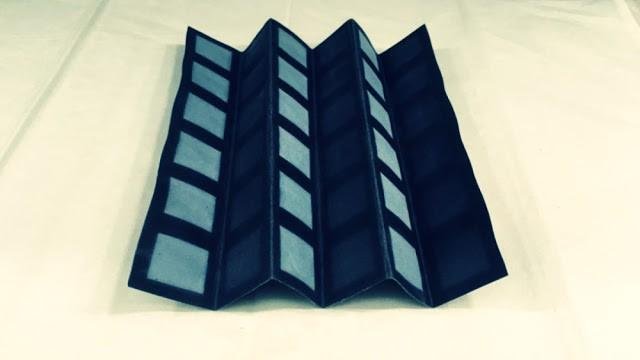Simple Environmentally Friendly Battery Technology From Paper And Bacteria
Recent studies say, scientists have developed a new innovation of environmentally friendly battery technology from a bacteria-powered battery on a piece of paper that can be used for charging electronic goods. Bacterial battery manufacturing techniques are expected to save time on fabrication and reduce costs.
Battery design can revolutionize the use of bio-batteries as a source of electricity in remote areas. Where battery use is currently considered dangerous and limited endurance. They call this new invention as Papertronics, a simple and inexpensive data charger with power and diagnostic sensor treatments.
Simple Environmentally Friendly Battery Technology
According to Prof. Choi, this battery design is stand-alone and sustainable, paper-based and utilizes bacteria. The advantages of simple environmentally friendly battery technology in device maintenance are considered very important to provide effective solutions, especially making long lasting energy.
Choi and Gao tested one and a half sheets of chromatographic paper by placing a silver nitrate band under a waxy wax candle making cathode. Then create a reservoir of conductive polymers on other parts of the paper material, this polymer will function as anode. After the paper is folded, they add a few drops of liquid containing bacteria that are the source of the microbial cell battery power.

Choi explained that such modern battery devices require component layers such as anode, cathode and PEM (membrane exchange protons). In manual assembly, there are still potential problems such as misalignment on the paper layer and vertical discontinuity between layers. So this problem will lead to a decrease in power generation power.
A simple type of environmentally friendly technology in the form of folding and stacking batteries is a different method, significantly increasing the output power greater than the current battery. In testing, scientists were able to produce 31.51 microwatts using six batteries in three parallel series. And capable of generating electrical energy of 44.85 microwatts with parallel 6x6 configuration.
It is expected that a simple environmentally friendly battery technology will be produced to the market with power capable of illuminating a 40-watt bulb. Especially in disaster situations, usability and portability are regarded as one of the most important. Paper batteries are considered powerless enough to run Biosensor equipment that monitors glucose levels in diabetic patients, detects pathogens in the body, or is used to save lives.
The paper-based microbial fuel cell technology is considered flexible and integrative with great strength. Microbes are arguably the ones most often underestimated in terms of simple environmental-friendly technologies. Many are unaware that microorganisms can generate electrical power from all types of biodegradable waste like waste water. Papertronic is expected to solve the problem of battery power that quickly runs out, as in Lithiumsmartphone battery device.
The latest innovation of microbial powered paper batteries is the latest step in battery development. The paper battery prototype was first introduced in 2015 that could be folded and looked like a matchbox. And earlier this year they launched a design inspired by Ninja weapons, an advancement in the development of environmentally friendly battery technology.
Reference
Scientists build bacteria-powered battery on single sheet of paper, Dec. 21, 2016, by Binghamton University, State University of New York. Stepping Toward Self-Powered Papertronics: Integrating Biobatteries into a Single Sheet of Paper. Advanced Materials Technologies, 2016; 1600194 DOI: 10.1002 / admt.201600194
